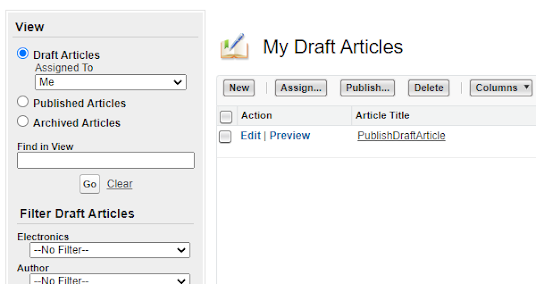Before starting salesforce java integration, let's discuss the requirements needed to integrate java and salesforce with rest api.
There are five variables in code which you need to understand what they are :
1.) userName = Username of salesforce credentials.
2.) passWordAndToken = Password of salesforce and security token combined without any space. If your password is ABC and token is 123 then passWordAndToken is ABC123. You can generate token by My setting => Personal => Reset my security token
3.) loginEnvUrl = If you want to login production then loginEnvUrl is "https://login.salesforce.com" but if you want to login production then loginEnvUrl is "https://test.salesforce.com".
4.) clientId and clientSecret = You can get clientId and clientSecret by setup => create => Apps => connected apps
Jars required :
You will need four jar files for this integration and the four jars are required otherwise you will get an error. I am providing the link to all the jar files you can download from here.
Salesforce_Java_Integration_Jars
Java Code :
package Integration;
import org.apache.http.Header;
import org.apache.http.HttpResponse;
import org.apache.http.HttpStatus;
import java.net.URLEncoder;
import org.apache.http.client.HttpClient;
import org.apache.http.client.methods.HttpPost;
import org.apache.http.impl.client.HttpClientBuilder;
import org.apache.http.message.BasicHeader;
import org.apache.http.util.EntityUtils;
import org.json.JSONObject;
import org.json.JSONTokener;
public class Salesforce_Java_Integration {
public Salesforce_Java_Integration()
{
final String baseUri;
final Header prettyPrintHeader = new BasicHeader("X-PrettyPrint", "1");
final Header oauthHeader;
final String userName = "n*********gmail.com";
final String passWordAndToken = "***************************";
final String loginEnvUrl = "https://login.salesforce.com";
final String GRANTSERVICE = "/services/oauth2/token?grant_type=password";
final String clientId = "3MVG97quA*************************bfh";
final String clientSecret = "7117DE190*****************FD40809299AE";
HttpResponse response = null;
HttpClient httpclient = HttpClientBuilder.create().build();
// Create login request URL
String loginURL = "";
try {
loginURL = loginEnvUrl + GRANTSERVICE + "&client_id="+URLEncoder.encode(clientId, "UTF-8")+
"&client_secret=" +clientSecret +"&username=" +
URLEncoder.encode(userName, "UTF-8") +
"&password=" +URLEncoder.encode(passWordAndToken , "UTF-8");
System.out.println("loginURL---- "+loginURL);
HttpPost httpPost = new HttpPost(loginURL);
{
// POST request to Login
response = httpclient.execute(httpPost);
if(null!=response) {
final int statusCode = response.getStatusLine().getStatusCode();
if (statusCode == HttpStatus.SC_OK) {
System.out.println("Login Successfull");
}
else{
System.out.println("Error whie Login");
}
String getResult = null;
getResult = EntityUtils.toString(response.getEntity());
JSONObject jsonObject = null;
String loginAccessToken = null;
String loginInstanceUrl = null;
jsonObject = (JSONObject) new JSONTokener(getResult).nextValue();
loginAccessToken = jsonObject.getString("access_token");
loginInstanceUrl = jsonObject.getString("instance_url");
baseUri = loginInstanceUrl;
oauthHeader = new BasicHeader("Authorization", "OAuth " + loginAccessToken) ;
// release connection
httpPost.releaseConnection();
System.out.println("oauthHeader===>>>"+oauthHeader);
System.out.println("prettyPrintHeader===>>>"+prettyPrintHeader);
System.out.println("baseUri===>>>"+baseUri);
}
else {
System.out.println("Please check your internet connection !!!");
}
}
}
catch(Exception e) {
System.out.println(e.getMessage());
}
}
public static void main(final String[] args)
{
@SuppressWarnings("unused")
Salesforce_Java_Integration Integration = new Salesforce_Java_Integration();
}
}
OutPut:
Now with the help of outhHeder, PrettyPrintHeader and baseUri you can get and set data in salesforce.
Thanks,
Lovesalesforceyes











